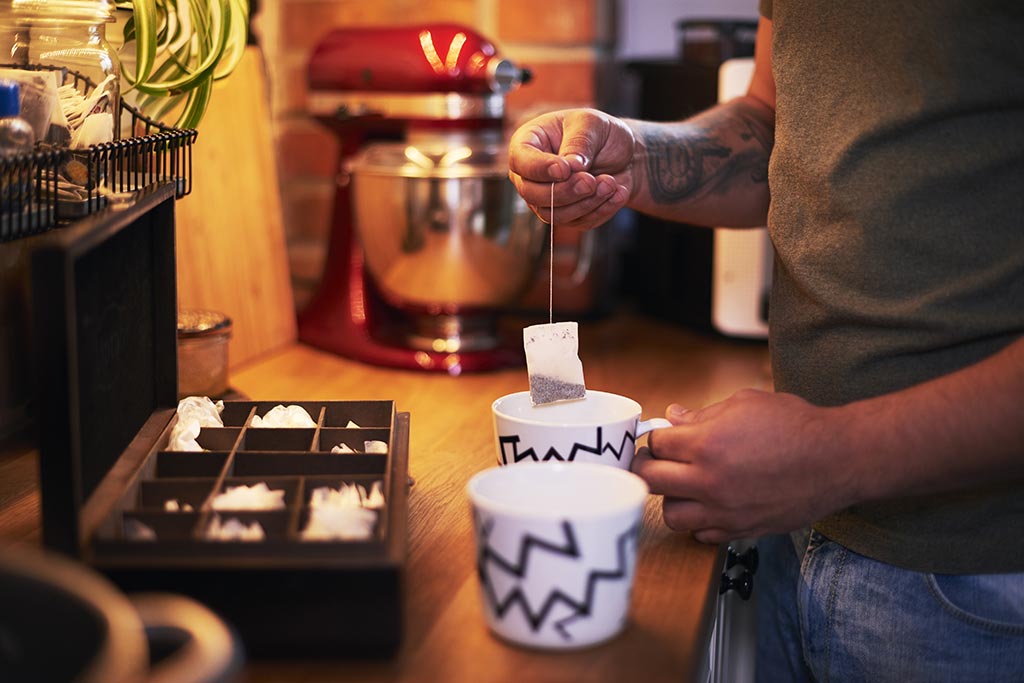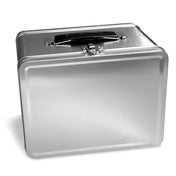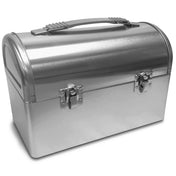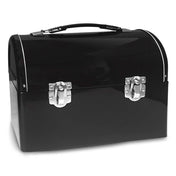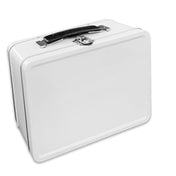Tea consumption is a Burmese way of life.
Instead of bars, tea houses serve as the social gathering place of Myanmar people; and instead of rowdy frat boys, peaceful Buddhist monks sit and enjoy warm cups of brew.
Every neighborhood has at least one of these corner shops, and they are easily recognizable by the small plastic tables and stools that spill out on the street. A few famous tea shops are open 24 hours — they're a popular place to go when hungry.
The importance of tea in Myanmar tradition has a rich history. During pagoda or nat festivals, people seek favor from the spirits to appease creatures from the other realm, including Belu, which are ogres and Nats, Myanmar spirits who were once humans who have suffered sudden and unfair deaths.
Villagers organize a donation of a whole coconut, with banana branches placed around the coconut, and tea leaves in the outer circles. The tea leaf offering is done to prevent disruption to the festivities.
Myanmar’s tea plantations can be found spread throughout the northern part of the country at high elevation in places like the Ayerwaddy River, Northern Shan State, Chin State, and Kachin State.
The cool climate in these regions help aid in tea growth, and its fresh taste is enhanced by being organically grown without fertilizers.
Once you find a cozy tea shop in Myanmar, you will most likely be served green or black tea, the most common flavors. The tea is served plain, with no additives, and certainly no sugar or half-and-half on the table. The exception would be La Phet Yay, popular brewed black tea from the highlands of Shan state traditionally served with sweet condensed milk.
A cup of La Phet Yay costs between 200 and 500 Kyat (US$.20- $.50). Yay Nway Chan, weak green or black tea called "Chinese tea," is comprised of free leaves and twigs thrown in hot water — usually provided free of charge. It is readily available on tables in insulated tea dispensers with teacups for clients to help themselves, while waiting for their order or as a palate cleanser.
Tea is not only to be sipped, but chewed. In Myanmar, tea is also a food known as la phet thoke or "tea leaf salad," usually found in the countryside. Tea leaves are layered with sesame oil, peanuts, garlic, dried shrimp, coconut and ginger, and left to infuse and ferment. The dish is a ubiquitous condiment on the Burmese table and a must-try for the curious culinary explorer.
There are two predominant styles of la phet thoke according to personal tastes or regions: the original taste, which is bitter with few condiments to keep the strong flavor of fermented tea; and the salty, sour and hot flavor, where chili, lime, salt and sometimes vinegar or fish sauce are added.
There are many opportunities to pop into tea houses from the largest cities of Yangon to Mandalay, to small villages in Inle Lake and Bagan. For example, one of the more modern tea houses in Yangon, the Rangoon Tea House, offers must-try ono kaew soi (coconut milk noodles) and steamed buns stuffed with butterfish.
A visit to the Shwe Inn Thein Paya market at Inle Lake offers a chance to buy tea leaves to take home: The market holds many craft souvenirs, but the real gem is the small produce selection in the back. Several vendors with their colorful mats will have mounds of fresh green tea for sale. A 20-ounce bag of the dark green leaves is surprisingly inexpensive — around 1,500 Kyats (US$1).
Shwe Pyi Moe in Mandalay is the favorite tea shop of Nyein Moe, a travel director with tour company Trafalgar, which provides tea house tours. As a local expert who speaks the language, he accompanies guests during the entire trip sharing hidden gems not found in guidebooks.
“People from different walks of life meet there," he said.” “There is loud music and noisy conversation about business, love of sports; the heyday of Mandalay with very nice tea.”
Have your own experience with tea houses - in Asia or the West? Share it with us by adding your comment below.
Original article by Adrienne Jordan appears on Mashable.
Photo by G Point Studio / Adobe

